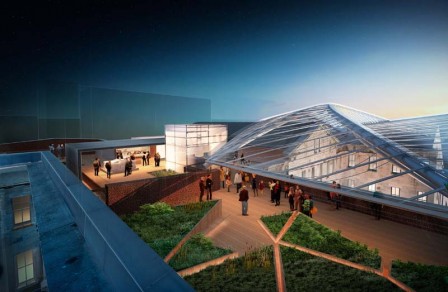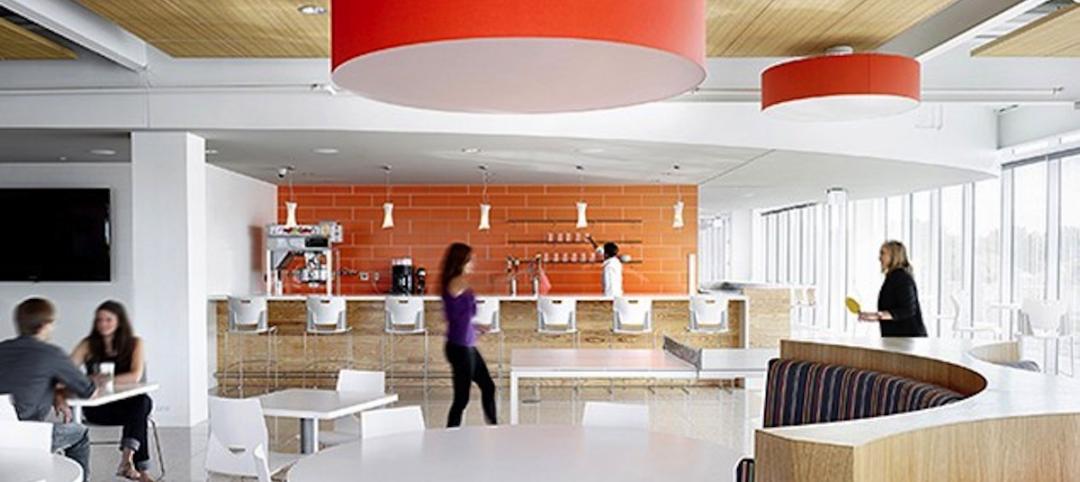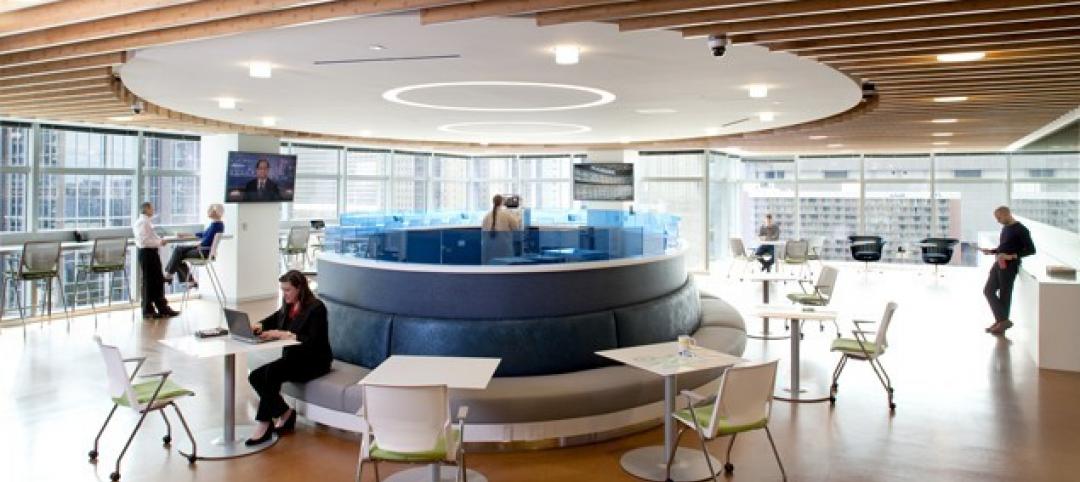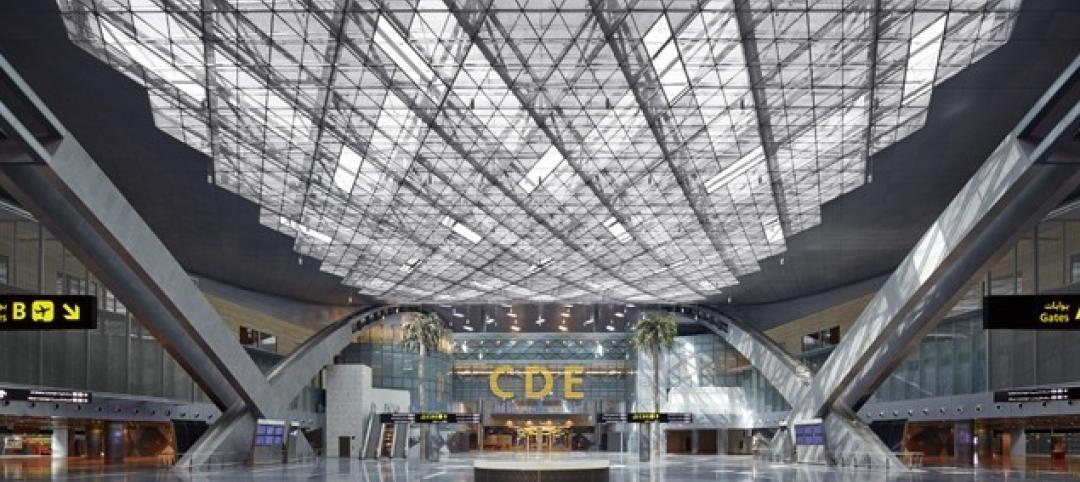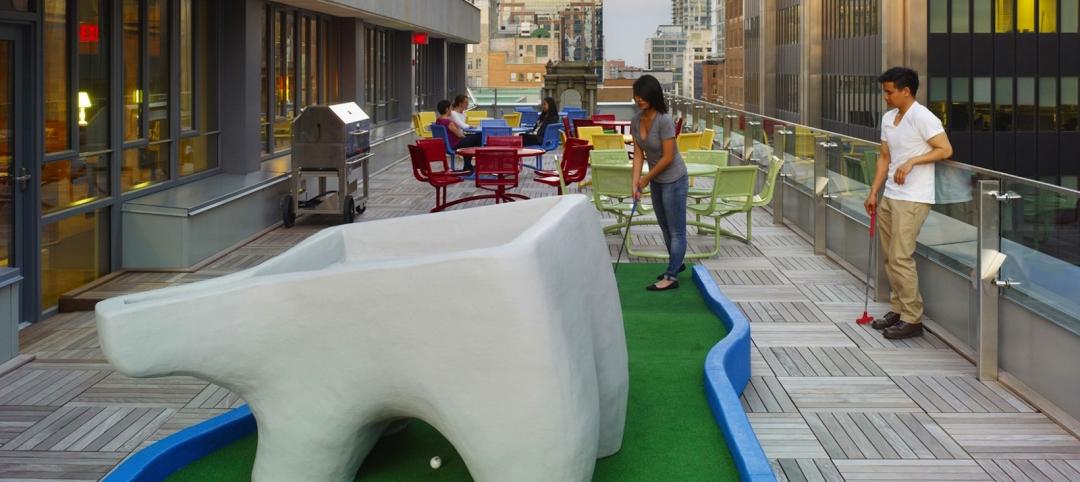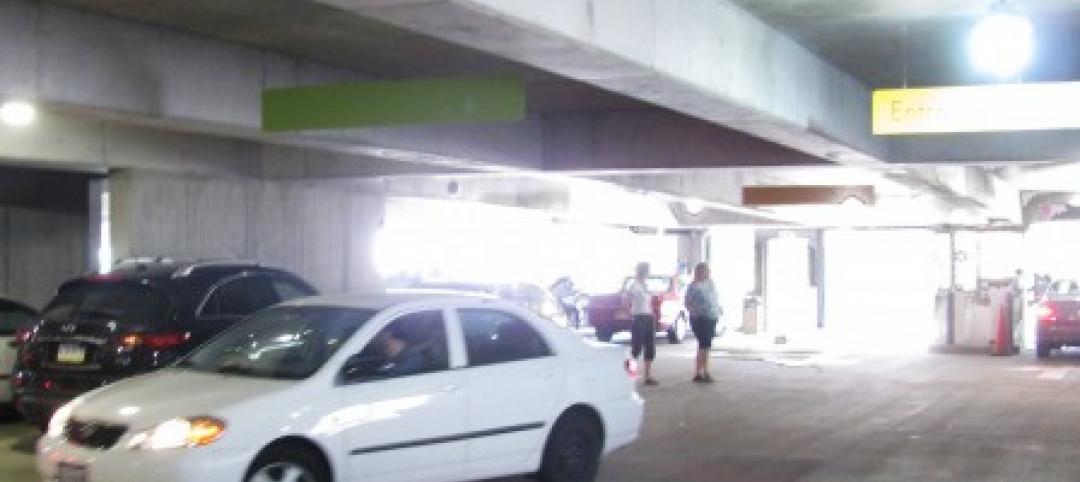Thanks to Paul Woolford, AIA, IIDA, LEED AP BD+C, design director in HOK’s San Francisco office, for this post describing the vision for the San Francisco Museum at the Mint adaptive reuse project, which will be one of the country’s most environmentally innovative museums.
This once was a working metal factory that produced gold and silver bars and coins. There also was a public function where people exchanged gold or silver dust for coins and bars.
To organize the building program, we swept away all the unfortunate interventions that had altered the building since the federal government stopped using it as a mint in the 1930s. To understand how the renovated building should function, we looked back to how Alfred Mullett, the original architect, had organized the public and factory spaces.
We approached the renovation design as a model for sustainable innovation. Our design calls for a net zero energy and zero water building.
We proposed a radiant heating and cooling system to either go under the historic floors or beneath a shallow floor floating above them. This system allowed us to only condition spaces that people occupy: the first seven feet.
We have started design development for the gallery prototypes. We are working with Lawrence Berkeley National Laboratory on the analysis and design of these gallery spaces, which will be naturally illuminated and ventilated.
With the exception of what is required to heat and cool water for the radiant system, the design uses almost no mechanical fans. The only electrical lighting system needed in daytime hours is for spotlighting specific exhibits.
Inspired by Biomimicry
When the city was founded in the 19th century, the San Francisco Bay’s edge and marshland area were just a few hundred feet from where the historic Old Mint building sits today. We suggested a design idea that incorporates lessons from the local biome while creating new ways to collect and store water.
Read the full post at Life at HOK.
 About the Author: John Gilmore brings the story of HOK to life for the world, literally. As a senior writer based in St. Louis, his words shine an intelligent light on the people, projects and experiences of the firm on the web, in print and in speeches given all over the globe. More posts by John Gilmore.
About the Author: John Gilmore brings the story of HOK to life for the world, literally. As a senior writer based in St. Louis, his words shine an intelligent light on the people, projects and experiences of the firm on the web, in print and in speeches given all over the globe. More posts by John Gilmore.
More from Author
Life at HOK | Apr 21, 2015
How to create an 'emotionally intelligent' workplace
Emotional intelligence is the leading predictor of performance in the workplace and the strongest driver of leadership and personal excellence.
Life at HOK | Feb 6, 2015
6 factors steering workplace design at financial services firms
Grossly underutilized space and a lack of a mobility strategy are among the trends identified by HOK based on its research of 11 top-tier financial services firms.
Life at HOK | Jan 6, 2015
Airports apply technology to maximize hospitality
Technology is transforming the guest experience and enabling designers to reimagine a new hospitality-oriented destination airport terminal.
Life at HOK | Dec 28, 2014
The future of airport terminal design: destination status, five-star amenities, stress-free travel
Taking a cue from the hospitality industry, airport executives are seeking to make their facilities feel more like destinations, writes HOK's Richard Gammon.
Life at HOK | Nov 17, 2014
Hospitality at the workplace: 5 ways hotels are transforming the office
During the past five years, the worlds of hospitality and corporate real estate have undergone an incredible transformation. The traditional approach toward real estate asset management has shifted to a focus on offerings that accommodate mobility, changing demographics, and technology, writes HOK's Eva Garza.
Life at HOK | Oct 13, 2014
The mindful workplace: How employees can manage stress at the office
I have spent the last several months writing about healthy workplaces. My research lately has focused on stress—how we get stressed and ways to manage it through meditation and other mindful practices, writes HOK's Leigh Stringer.
Life at HOK | Sep 9, 2014
Using Facebook to transform workplace design
As part of our ongoing studies of how building design influences human behavior in today’s social media-driven world, HOK’s workplace strategists had an idea: Leverage the power of social media to collect data about how people feel about their workplaces and the type of spaces they need to succeed.
Life at HOK | Aug 16, 2014
The science of learning: Designing the STEM learning facilities of the future
New technology and changing pedagogies are influencing how to best teach a generation of learners who have never known a world without smartphones or tablets, writes HOK's Kimberly Robidoux.
Life at HOK | Aug 5, 2014
Will driverless cars kill the parking structure?
A report from Deloitte highlighted how driverless cars could dramatically alter car ownership in the future, pushing the pendulum from ownership to rentals and ride sharing.
Life at HOK | May 19, 2014
What can architects learn from nature’s 3.8 billion years of experience?
In a new report, HOK and Biomimicry 3.8 partnered to study how lessons from the temperate broadleaf forest biome, which houses many of the world’s largest population centers, can inform the design of the built environment.

